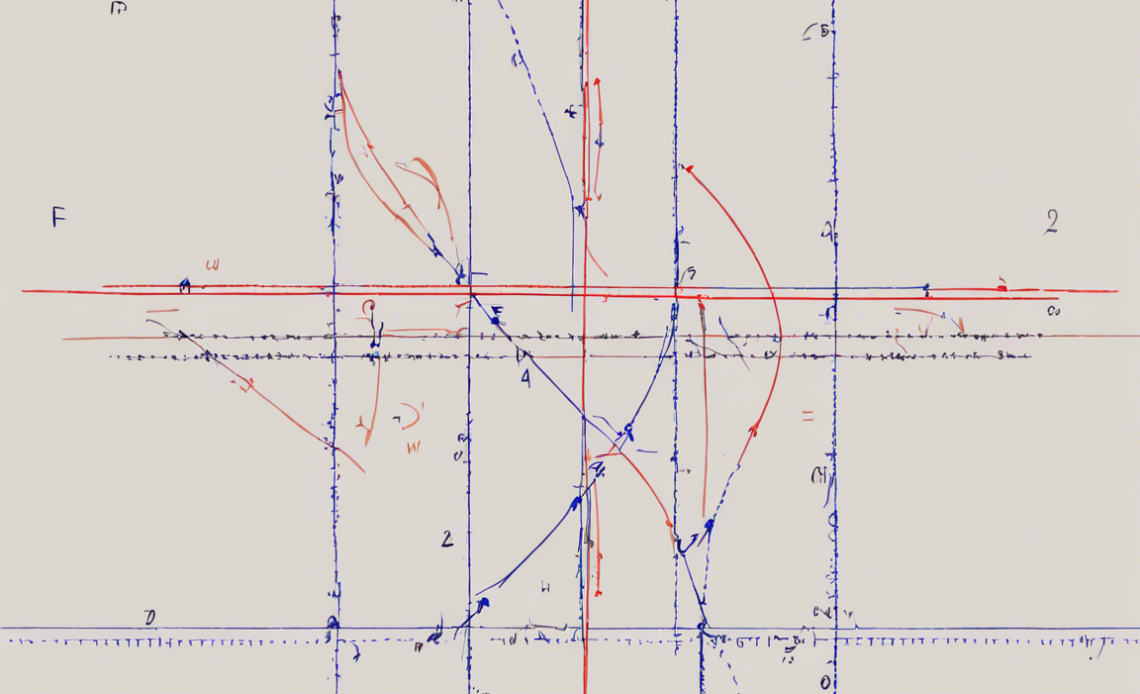
Angles are a fundamental concept in geometry that describes the amount of rotation between two intersecting lines. When two lines intersect, they form several angles, including linear pair angles. In this article, we will delve into the definition, properties, and examples of linear pair angles.
Definition of Linear Pair Angles
Two angles are said to form a linear pair if they are adjacent angles (i.e., share a common vertex and a common side) and their non-common sides are formed by the same line. In simpler terms, when two angles add up to 180 degrees and share a common side, they are considered a linear pair.
Properties of Linear Pair Angles
- Sum of Angles: The two angles in a linear pair always add up to 180 degrees.
- Supplementary Angles: Linear pair angles are always supplementary, meaning their sum is equal to 180 degrees.
- Adjacent Angles: Linear pair angles share a common vertex and the common side forms a straight line.
- Non-common Arms: The non-common arms of linear pair angles are on opposite sides of the common arm.
- Formed by Intersecting Lines: Linear pairs are formed when two lines intersect, creating four angles where the adjacent angles form linear pairs.
Examples of Linear Pair Angles
Let’s consider some examples to understand linear pair angles better:
1. Example 1: In the figure below, angles AOB and BOC form a linear pair.
A
|\
| \
| \
| \
| \
| \
O------B-----C
2. Example 2: If angle 1 measures 120 degrees, angle 2, forming a linear pair with angle 1, will measure 60 degrees (180 – 120).
Summarizing Linear Pair Angles
- Definition: Two adjacent angles whose sum is 180 degrees and share a common vertex and side.
- Properties: Always add up to 180 degrees, are supplementary, have a common side and vertex, and are formed when two lines intersect.
- Examples: Various real-world and geometric representations illustrate linear pair angles, reinforcing the concept’s application.
Frequently Asked Questions (FAQs)
-
What is the sum of linear pair angles?
Linear pair angles always add up to 180 degrees. -
How can linear pair angles be identified in a diagram or figure?
Look for adjacent angles with a common side and vertex that form a straight line. -
Are all supplementary angles considered linear pairs?
No, only adjacent angles that add up to 180 degrees and share a common side are classified as linear pair angles. -
Can linear pair angles be in different orientations?
Yes, linear pair angles can be positioned in various ways as long as they fulfill the criteria of forming a straight line when added together. -
Do linear pair angles have to be of the same measure?
No, linear pair angles can have different measurements as long as their sum equals 180 degrees. -
What is the difference between a linear pair and a vertically opposite angle?
A linear pair consists of adjacent angles that add up to 180 degrees and share a side, whereas vertically opposite angles are formed on opposite sides of the intersecting lines and are equal in measure. -
Can linear pair angles be formed with more than two angles?
No, by definition, a linear pair consists of exactly two adjacent angles whose non-common sides form a straight line. -
How are linear pair angles used in real-life applications?
Linear pair angles are utilized in various fields such as construction, engineering, and architecture to determine angles and measurements in design and planning. -
Are there any misconceptions about linear pair angles that need clarification?
One common misconception is that all adjacent supplementary angles are linear pairs, whereas a linear pair specifically denotes adjacent angles adding up to 180 degrees in a straight line. -
How can students practice identifying and solving problems related to linear pair angles?
Students can solve geometry problems, work on angle addition exercises, and create their own diagrams to visualize and understand the concept of linear pair angles effectively.

